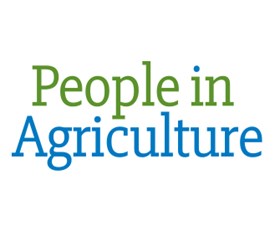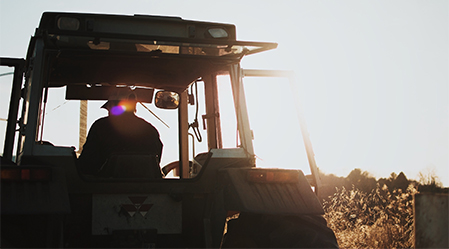Growth in Milk Production for Tasmania
15/8/2017
Record Flooding on the back of a very wet Spring and low milk prices saw milk production in Tasmania drop by 5.4% last year and 6.9% nationally. However despite the challenges DairyTas executive officer Mark Smith says things are turning around on the back of an expected rise in milk prices.
Record Flooding on the back of a very wet Spring and low milk prices saw milk production in Tasmania drop by 5.4% last year and 6.9% nationally.However despite the challenges DairyTas executive officer Mark Smith says things are turning around on the back of an expected rise in milk prices.
Tasmania’s share of the national pie has risen to a record 9.3% and could reach over 900 million litres this season taking it closer to NSW as the second-largest milk producing state.
Last week Mr Smith also gave farmers an update on the Into Dairy project which was established in 2013 to supply $1.56 million in funding aimed at addressing a supply shortage as processors expanded.
While milk production initially lifted significantly, milk price variations and seasonal conditions had been major factors impacting industry expansion.
In 2012-2013 milk production in Tasmania was 756 million litres. The aim was to increase total production to over 1 billion litres.
Some of this increase was to come from expanding existing operations as well as a number of dairy-farm conversions.
Mr Smith said last year’s milk-price cuts and a difficult season had a big impact. Despite not reaching the target, the project had set up the industry up for growth.
Tasmania has 430 dairy farmers running an average of 336 cows, higher than the national average of 272 cows.
Dairy is Tasmania’s biggest agricultural sector with an annual worth over $1 billion.





